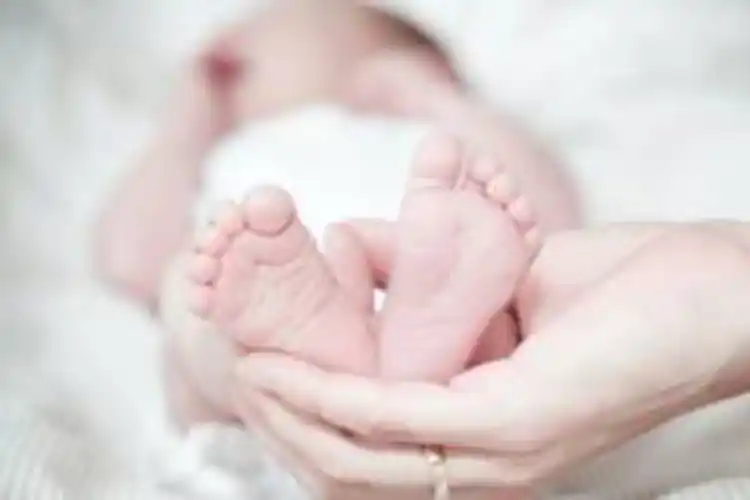
New Delhi
The fertility rate of Muslims in India has declined the sharpest among all religious communities over the past two decades, according to the latest data from the National Family Health Survey (NFHS) carried out by the Ministry of Health and Family Welfare.
The community’s fertility rate fell to 2.3 in 2019-2021 from 2.6 in 2015-16. While all religious communities have shown a decline in fertility, the fall has been the sharpest in the Muslim community, from 4.4 in NFHS 1 (1992-93) to 2.3 in NFHS 5 (2019-2021).
In the latest survey - NFHS 5, the country’s overall fertility fell below the replacement level of two children per woman, falling from 2.2 in the previous survey.
Despite Muslims recording the sharpest decline, its fertility rate remains the highest among all religious communities, with the Hindu community following at 1.94 in NFHS 5, down from 2.1 in 2015-16. The Christian community has a fertility rate of 1.88, the Sikh community 1.61, the Jain community 1.6, and the Buddhist and neo-Buddhist community 1.39, which is the lowest in the country.
The percentage of Muslim women who have had no schooling fell from 32 per cent in NFHS 4 (2015-16) to 21.9 per cent in NFHS-5 (2019-21). In contrast, for Hindus, the change was much lesser from 31.4 per cent in NFHS 4 to 28.5 per cent in NFHS 5.
The NFHS 5 report said the number of children per woman declined with women’s level of schooling. Women with no schooling have an average of 2.8 children, compared with 1.8 children for women with 12 or more years of schooling. Women in the lowest wealth quintile have an average of 1.0 more children than women in the highest wealth quintile, and economic betterment organically leads to lower fertility rates, the report has found.
According to the latest survey, Muslims have also increasingly adopted modern spacing methods of contraception—from 17 per cent in NFHS 4 to 25.5 in NFHS 5. It is the third highest after Sikhs (27.3 per cent) and Jains (26.3 per cent). Spacing refers to how soon after a pregnancy a woman gives birth again.
The total fertility rate in rural areas has declined from 3.7 children per woman in 1992-93 to 2.1 children in 2019-21. The corresponding decline among women in urban areas was from 2.7 children in 1992-93 to 1.6 children in 2019-21. In all NFHS editions, irrespective of the place of residence, the fertility rate peaks at the age of 20-24, after which it declines steadily.
According to NFHS 5, Bihar and Meghalaya have the highest fertility rates while Sikkim and Andaman and Nicobar islands have the lowest. Thirty-one states and Union Territories have fertility below the replacement level of 2.1 children per woman.
